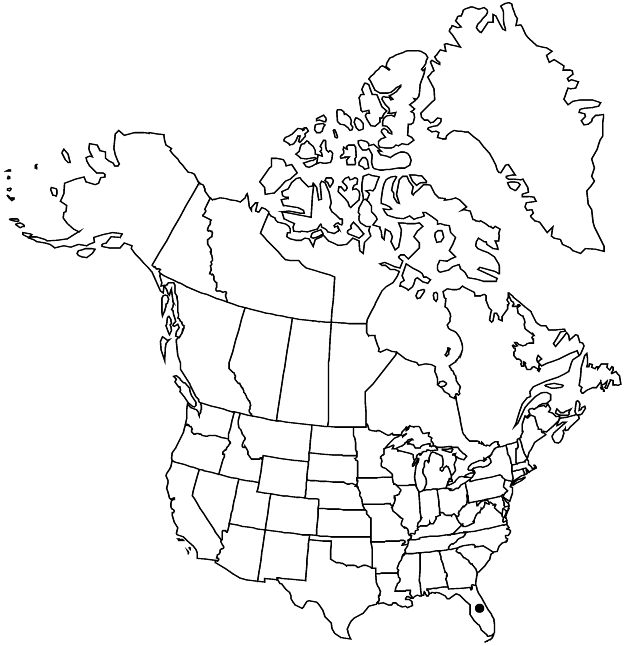Difference between revisions of "Sedum mexicanum"
Bull. New York Bot. Gard. 1: 257. 1899,.
imported>Volume Importer |
imported>Volume Importer |
||
| Line 51: | Line 51: | ||
|publication year= | |publication year= | ||
|special status=Introduced | |special status=Introduced | ||
| − | |source xml=https:// | + | |source xml=https://bitbucket.org/aafc-mbb/fna-data-curation/src/2e0870ddd59836b60bcf96646a41e87ea5a5943a/coarse_grained_fna_xml/V8/V8_441.xml |
|genus=Sedum | |genus=Sedum | ||
|species=Sedum mexicanum | |species=Sedum mexicanum | ||
Latest revision as of 23:43, 5 November 2020
Herbs, perennial, tufted, glabrous. Stems decumbent, branched, not bearing rosettes. Leaves in whorls of 4(–5), spreading, sessile; blade bright green, not glaucous, linear-elliptic or linear-lanceolate, subterete, 8–20 × 1.9–3 mm, base spurred, not scarious, apex blunt. Flowering shoots erect, branched, 8.5–20 cm; leaf blades linear-elliptic or linear-lanceolate, base spurred; offsets not formed. Inflorescences cymes, 20–50+-flowered, 3-branched; branches scorpioid, 2-forked; bracts similar to leaves, smaller. Pedicels absent. Flowers 5-merous; sepals spreading, distinct basally, green, lanceolate, unequal, 3.3–4.7 × 0.9–1.6 mm, apex acute; petals widely spreading, distinct, golden yellow, elliptic, not carinate, 3.3–4.8 mm, apex acute; filaments yellowish; anthers yellow; nectar scales pale yellow, obovate- to spatulate-subquadrate. Carpels erect, distinct, yellowish green. 2n = 36.
Phenology: Flowering summer.
Habitat: Disturbed areas
Elevation: 0-100 m
Distribution

Introduced; Fla., Mexico, Central America, South America (Colombia), Europe (France, Spain), Asia (Japan, Taiwan).
Discussion
Sedum mexicanum was described from a specimen collected in Mexico; its closest relatives are in eastern Asia and it may have originated there.
Selected References
None.